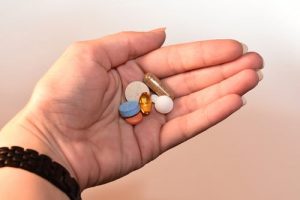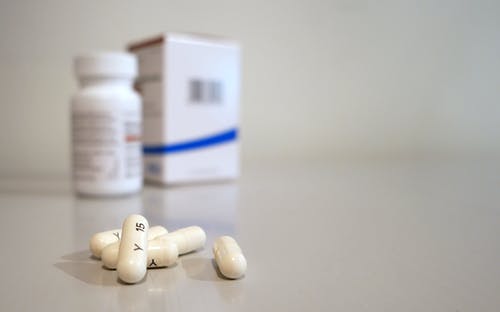High-dose overdose reversal nasal spray will launch later this year.
The Food and Drug Administration (FDA) approved Hikma Pharmaceuticals’ Kloxxado, a high-dose opioid overdose reversal nasal spray containing 8 milligrams of naloxone. Kloxxado, which will be sold in a pack of two nasal spray devices, is expected to launch later this year. The drug’s price disclosed be disclosed at that time.
Naloxone is a prescription drug that is available nationwide through public health programs and at pharmacies. It is an opioid antagonist that reverses the dangerous effects of opioids, including respiratory depression, sedation, and hypotension.
The American Medical Association (AMA) has been pushing for naloxone to be available at no cost, and yet, a recent study found 1 in 5 pharmacies still don’t have it. Despite the push for free distribution, resources are limited, and experts have said that stronger medication is needed. Sometimes low-dose naloxone sprays and injections need to be given more than once to save a life.

“The approval of Kloxxado is an important step in providing patients, friends and family members – as well as the public health community – with an important new option for treating opioid overdose,” said Brian Hoffmann, President, Hikma Generics. “As an experienced provider of addiction therapy treatments and a leading producer of nasal sprays in the U.S., we are pleased to leverage our capabilities to deliver an important new tool in the fight against opioid overdose.”
“Communities are looking for tools to respond to the epidemic of drug overdoses, and the FDA action today adds a powerful one,” Dr. Patrice Harris, head of AMA’s opioid task force, added. “The FDA is making sure the overdose-reversing drug is potent enough to counteract the increasingly lethal and illicitly manufactured fentanyl.”
Dr. Patrizia Cavazzoni, director of the FDA’s Center for Drug Evaluation and Research, said, “Addressing the opioid crisis is a top priority for the FDA, and we will continue our efforts to increase access to naloxone.”
In 2019, roughly 50,000 people in the United States died from opioid-involved overdoses and opioid misuse – especially related to the dangerous synthetic opioid fentanyl – continues to be a substantial national crisis. The Centers for Disease Control and Prevention (CDC) estimates that the total “economic burden of prescription opioid misuse alone in the United States is $78.5 billion a year, including the costs of healthcare, lost productivity, addiction treatment, and criminal justice involvement.” This means, not only is opioid misuse taking lives, but it is causing significant financial distress.
In an FDA survey of community organizations to which Narcan (the brand name for naloxone) nasal spray 4mg had been distributed, “34% of attempted reversals used two or more doses.” A separate study funded by the National Institutes of Health and the National Institute on Drug Abuse (NIDA), and published in 2019, found that “the percent of overdose-related EMS calls in the U.S. requiring multiple doses of naloxone during 2013-2016 had increased to 21%, representing a 43% increase over those four years.” This research validates a need for higher dose opioid overdose reversal drugs such as Kloxxado.
Spray versions of Naloxone are easier than injections for untrained family and friends to use in an emergency.
Sources:
US approves high-dose opioid reversal nasal spray from Hikma
FDA Approves Higher Dosage of Naloxone Nasal Spray to Treat Opioid Overdose
Hikma announces US FDA approval of KLOXXADOTM (naloxone hydrochloride) nasal spray 8mg
Who receives naloxone from emergency medical services? Characteristics of calls and recent trends


Join the conversation!